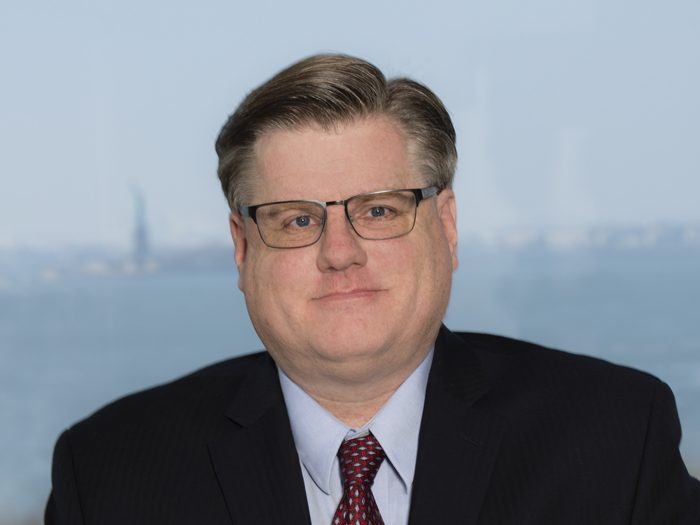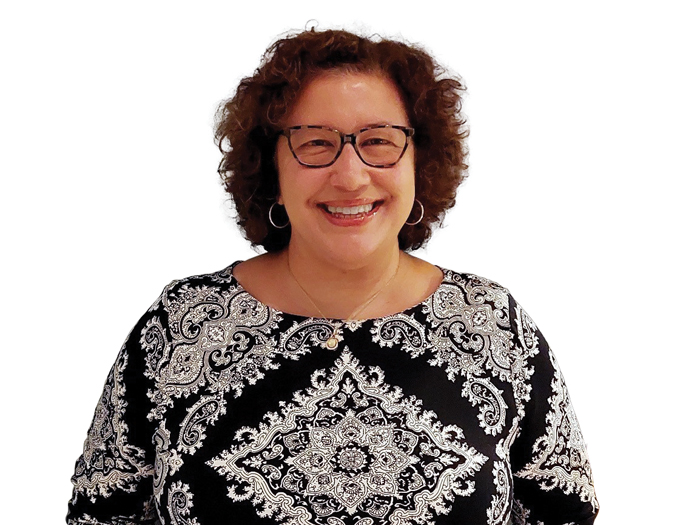Insurance Executive
Ten Questions for Dan Olmsted

Ironshore recently achieved approvals to provide private client business in the key New York market. Risk & Insurance® talked to Dan Olmsted, New York-based senior vice president for the private client group about this development and his approach to the segment.
R&I: How long has Ironshore been writing the private client business, Dan?
Olmsted: Ironshore has been in the high net worth sector of the personal lines market since I joined in 2010. We wanted to approach the sector from a specialty angle first and then expand to the admitted capability.
R&I: We note that Ironshore is writing private client insurance on an admitted basis in five states — most recently New York — with plans to expand the business. Do you have a goal for how soon the coverage will be more broadly available?
Olmsted: In 2010, we started to offer coverage geared toward homes valued at a million dollars and higher on a specialty basis. Now we are underwriting in five states with the same million dollar valued homes and higher threshold on an admitted basis. What I am focused on is gaining traction in these East Coast states as well as contiguous territories geographically that make sense.
We recently received approval in New York, which was important because it filled out our presence in the tristate area, including Connecticut, New Jersey and Pennsylvania. That’s notable because most brokers and producers write on a geographic territory or regional basis. We are also looking at East Coast centers of business and affluence. We have or will have the capabilities to write around New York, Atlanta, Washington. DC., Boston and Philadelphia.
R&I: Recent reports outline the threat to high-end residential properties on the coasts due to rising seas and climate change. How is Ironshore working with clients to mitigate and transfer the risk of this threat?
Olmsted: I look at two aspects of coastal risk. One is the macro, which I think you are referring to. Then there is the micro, an actual home, whether I’m going to write it and what the terms and conditions are going to be.
We model every home before we write it. We consider wind and storm surge and flooding for the property and tailor the product accordingly. We consider the individual characteristics of the home over a 12 month period. We also assess what mitigation measures might be in place that might address any issues and also how it models.

Dan Olmsted,senior vice president for the private client group, Ironshore
On a macro level, I do tend to be more aggressive in writing where there are strong building codes and strong enforcement of those codes. One organization that I reference is the Insurance Institute for Business & Home Safety. They rank on a regular basis each state for coastal hurricane peril.
They rank the quality of the building codes for the state as well as the quality of the enforcement of the building codes. Florida does very well. They have a 95 percent rating on a scale of zero to 100. Their ranking is so high because they have strong building codes and they enforce them. I can look at a South Florida location and if I know the year it is built, we can capture a good amount of information.
R&I: That’s interesting. Are there some states in the Northeast, for example, that are stronger than others?
Olmsted: Yes, Virginia and New Jersey have pretty good to very good building codes and enforcement. It’s an evolving environment. As we learn more, we can determine and refine our approach as states amend and improve those codes. Equally important is making sure states are enforcing codes and that they are not just written on a sheet of paper.
We model every home before we write it. We consider wind and storm surge and flooding for the property and tailor the product accordingly. We consider the individual characteristics of the home over a 12 month period. We also assess what mitigation measures might be in place that might address any issues and also how it models.
R&I: In the case of individual home owners, what are you asking for in terms of mitigation or protection?
Olmsted: In the case of flood, there’s the elevation issue and there may not be anything we can do about that. In terms of the wind exposure, you are looking for hurricane glass, the type of roof, and the pitch and the type of attachment of the roof to the dwelling to determine whether all openings are protected.
R&I: Is that something homeowners are paying more and more attention to?
Olmsted: Yes. Modeling of a residence has become more and more important. The roof, the attachments and the type of hurricane glass can all make a difference in how a home will model. We definitely see a correlation between the steps in mitigation and what ultimately might be the loss in an event.
R&I: It seems to us that high net worth clients highly value umbrella coverage. Having too many policies with too many renewal dates is a headache. How do you view the appetite among high net worth clients for this type of coverage?
Olmsted: There are several different modules that the high end customer needs. A lot of it is built around the property, the home, jewelry, fine art, etc. And then there is the general liability exposure, particularly with a high net worth individual because they can often become a target, or be perceived as a target for a liability loss. People often don’t realize how much they have at risk in terms of liability.
High net worth homeowners do a lot of things to protect their homes and financial investments. For example, a bad accident on a snowy day could wipe out a lot of their wealth if liability is at stake. I say to people, your spouse calls you and says I hit something. The next question is ‘hit what?’ a mailbox or god forbid someone, then there is potential for a much higher exposure.
It makes sense for homeowners to buy as much umbrella protection as they can. People can lose not only what they have today but what they might earn in the future. I always encourage my insureds to buy as much as they feel they can afford.
R&I: What do you see as the key pain points for high net worth clients that a savvy underwriting company that seeks market share would be wise to address?
Olmsted: The general pain point in the high net worth space compared to the non-high net worth space is that clients expect outstanding claims service. We emphasize claims servicing for taking care of our clients.
In terms of the underwriting process, we provide homeowners more flexibility. There are a lot of rules of thumb that have developed over time in our industry. Just take one for example. If you secure coverage for a million-dollar home, companies will offer a quote which automatically includes 10 percent of that amount will cover other property structures. Seventy percent of that amount would be for contents and so on.
Those are all nice averages but people have different needs. Someone might be in a $5 million home but might not have $3.5 million in contents, particularly if they schedule the contents, collectibles and other belongings.
High net worth homeowners do a lot of things to protect their homes and financial investments. For example, a bad accident on a snowy day could wipe out a lot of their wealth if liability is at stake. I say to people, your spouse calls you and says I hit something. The next question is ‘hit what?’ a mailbox or god forbid someone, then there is potential for a much higher exposure.
We offer insureds the proper coverage amount with the flexibility to buy what they need for the other coverages. A lot of times people will say, well I don’t have what you are assuming I have for contents. Or I have multiple homes and I don’t need loss of use coverage. So, Ironshore offers product flexibility for each insured.
Another area that concerns me is the whole inspection process, which has developed over the last 30 years. The problem is that people are busy. Both couples might work and don’t have time to schedule a walk through for their house. Some homeowners have privacy concerns. To do a good job for the client, we have to walk through the house and conduct a proper appraisal. There are circumstances where there is virtual information online or the residence was inspected two or three years ago. We can then access that information.
If possible, we try to conduct a virtual inspection. The goal is to get the right value for the client upfront. There is nothing worse than a homeowner getting a quote before an inspector walks through their home. Two weeks later, they get an increase in their home valuation and a resultant increase in the premium.
R&I: Can you share with us, Dan, your history in the private client area? How did you first come to work in this space?
Olmsted: Initially, I worked at ISO in product development. I later joined Atlantic Mutual as they were developing their high end product, called the Atlantic Master Plan, which was probably the first true package policy for high end clients. I worked at Atlantic Mutual for 25 years, serving as president and eventually CEO. And then we sold the business in 2008 to ACE. I joined ACE at that time and then moved to Ironshore in 2010.
R&I: What about work with the private client business do you find most interesting and challenging professionally, Dan?
Olmsted: The thing I like best is that while homeowners try to control the insurance costs, the service component is so important in the product underwriting and the claims handling within the high net worth sector. As an underwriter, you can be creative. You can develop new coverage ideas or new ways to deliver claims servicing efficiencies.










